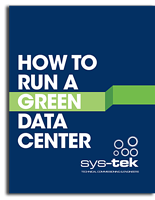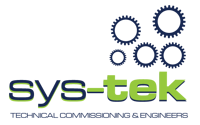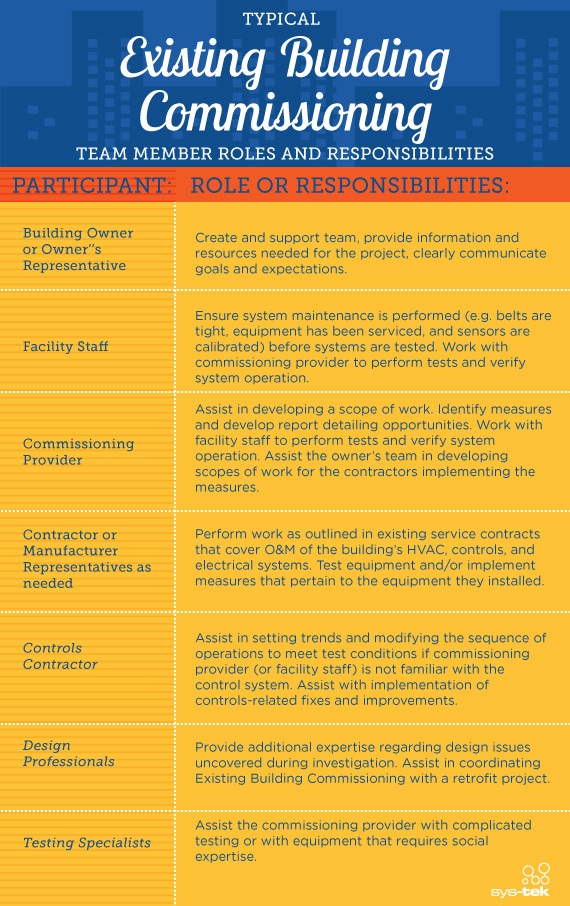Four things to consider before launching a green data center
Feb 06, 2014
For you readers a little late to the party, green data centers – high efficiency, low-cost server rooms that house your company’s computerized information – are all the rage. From a PR standpoint, they’re saving the environment one watt at a time. From a budgeting standpoint, they’re slashing overhead costs with a ROI so insane that many companies are recouping the cost of labor and materials inside of one year. These four pieces of advice will help you lay the groundwork when it comes to deciding how and where to get started.
1. Think long-term
Your data center might not be the same two years after its christened, and it certainly won’t remain static for ten. Developing technologies, new best practices, and updated safety standards can all change the dynamics of your data center. If you are holding onto devices that will be used to scale for the future, consider how much electricity they use when idling. How much space do they take up? What’s the heat output? Try to avoid limiting your thinking to those machines that will matter only today. By the same token, don’t run more machines than you feasibly require, and bring in new electronics only when a need comes online.
2. Use a building-block philosophy
Speaking of scaling, a lot of money can be saved if your data center components ascribe to a modular design. Modality partitions the many sectors of your data center into self-contained elements, making replacing and moving equipment a snap. Such a setup also allows you to experiment with airflow, exhaust and heat movement patterns, allowing you to guess-and-check new arrangements to find the optimal layout for maximum energy efficiency.
3. Location, location, location
If possible, weigh out different geographic regions for the best locale to plop down your servers. Some things to consider are temperature ranges (for heating and cooling), rainfall and river access (for water cooled systems) and latency and connectivity convenience. Additionally, energy rates vary greatly from city to city. If your operation is gobbling up the megawatts, it’s in your best interest to shop around.
4. Standardize server structure
When eBay created its lauded green data center in the middle of the Arizona desert several years ago, one of its most celebrated breakthroughs was its ability to serve its regiment of servers with only two configurations of stock-keeping units (SKUs). When the world’s biggest auction house first set out on its mission, there were more than 200. eBay narrowed it to 15, and kept chipping away at the number of architectures they used until the data center could be optimized no more. The fewer the SKUs, the more predictably a company can optimize and configure cooling. There is less guesswork as well as less documentation for all the devices populating the room.
The common ground between all these points is that you need to have forethought to succeed. When it comes to green data, a stitch in time saves nine. It’s much more affordable to plan out and experiment with your ideas before they are sutured into place than having to face the headache of after-the-fact renovation.
For more information about how sys-tek can help you achieve a green data center, contact us.
You may be interested in these other articles about green data centers:
- The data center energy metrics you might be missing
- 3 tips for finding a green data center
- How the Sarbanes-Oxley Act affects your data center

How to Run a Green Data Center
Download our FREE e-book, How to Run a Green Data Center and learn everything you need to know about running an energy efficient data center.







